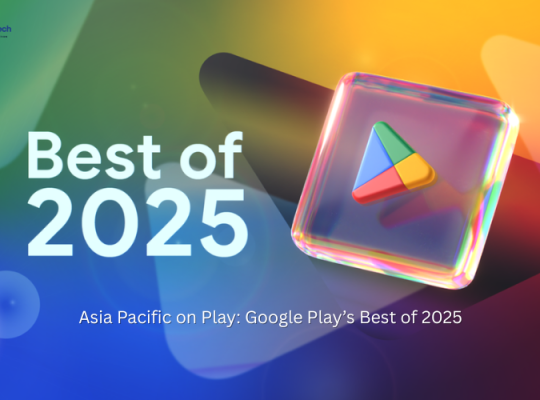To improve your ChatGPT prompts for blogging in 2025, you should focus on making them more specific, context-rich, and goal-oriented. The trend is moving away from generic, AI-generated content towards a hybrid approach where AI assists and augments human creativity and expertise.
Here’s a breakdown of how to craft better prompts for your blog in 2025:
1. Go Beyond the Basics: Add More Context and Specificity
The most significant improvement you can make is to provide more detailed instructions. Don’t just ask for a blog post on a topic. Instead, give ChatGPT a clear “persona” and “mission.”
Specify the “Role”: Tell the AI to “Act as a freelance travel writer specializing in budget-friendly trips” or “You are an SEO strategist for a B2B SaaS company.” This gives the AI a frame of reference for tone and expertise.
Define the Audience: Be very specific about who you are writing for. Instead of “bloggers,” try “aspiring bloggers who are just starting and don’t know where to begin” or “experienced marketing managers looking for advanced strategies.”
Clarify the Goal: What is the desired outcome of the post? Is it to inform, entertain, persuade, or generate leads? Tell the AI to “write a post that educates readers on X and persuades them to sign up for my newsletter.”
Provide Constraints: Give clear parameters. This includes word count, desired subheadings, the number of bullet points, or even the inclusion of specific facts or statistics. For example: “Write a 1,000-word post with a listicle format, including 5 actionable tips.”
2. Leverage SEO and Data-Driven Insights
The latest AI models are better at integrating SEO best practices. Use your prompts to guide the AI toward content that is more likely to rank and attract organic traffic.
Keyword Integration: Don’t just give a single keyword. Provide a primary keyword and a list of secondary (LSI) keywords to be included naturally throughout the text.
Search Intent: Tell the AI the user’s intent. Are they looking for information (“what is…?”), a solution (“how to fix…?”), a review (“best product for…?”), or a definition? This helps the AI structure the content to match user queries.
Content Gaps: Use the AI to analyze competitor articles and identify missing information. Prompt it to “analyze this article from a competitor and suggest 3 unique points or sections our blog post can cover to provide more value.”
Optimize for Featured Snippets: Request the AI to write a concise, direct answer to a question in a way that could be pulled into a Google Featured Snippet. For example: “Craft a 35-45 word paragraph that directly answers the question ‘What are the benefits of sustainable living?'”
3. Focus on Quality and Authenticity
Generic, AI-generated content is becoming less valuable. Your prompts should aim to produce content that feels human and trustworthy.
Incorporate a Unique Voice: Provide the AI with examples of your own writing or a detailed description of your brand’s voice (e.g., “friendly and conversational,” “authoritative and professional,” “humorous and sarcastic”).
Request Personal Stories and Anecdotes: Ask the AI to write a story-driven introduction or include a fictional case study. For example: “Write a personal anecdote about a time you experienced [specific problem] and how [solution] changed things for you.”
Ask for Primary Research: While AI can’t conduct new research, you can provide it with data from your own surveys, interviews, or experiences. Prompt it to “write a conclusion based on the key findings from our recent customer survey, which found that [insert key finding].”
4. Create Prompts for the Entire Blogging Workflow
Don’t limit yourself to just drafting a blog post. Use ChatGPT to streamline every part of your content creation process.
Idea Generation: “Generate 10 unique blog post ideas for a blog aimed at [audience] about [topic]. For each idea, suggest 3 different titles.”
Outlining: “Create a detailed outline for a blog post titled [title], including an introduction, 3-4 main sections with subheadings, and a conclusion. Include [keyword] in the headings.”
Content Repurposing: “Rewrite this blog post into a LinkedIn post, a 5-part Twitter thread, and 3 Instagram carousel captions.”
Email and Social Media Promotion: “Draft a series of 3 emails to promote my latest blog post titled [title]. The first email should be a teaser, the second should summarize the main points, and the third should have a strong call-to-action to read the full post.”
By following these updated strategies, you can move from a simple “copy-and-paste” approach to using ChatGPT as a sophisticated co-pilot that enhances your blogging workflow and helps you produce more valuable, human-centric content.
















4 Comments